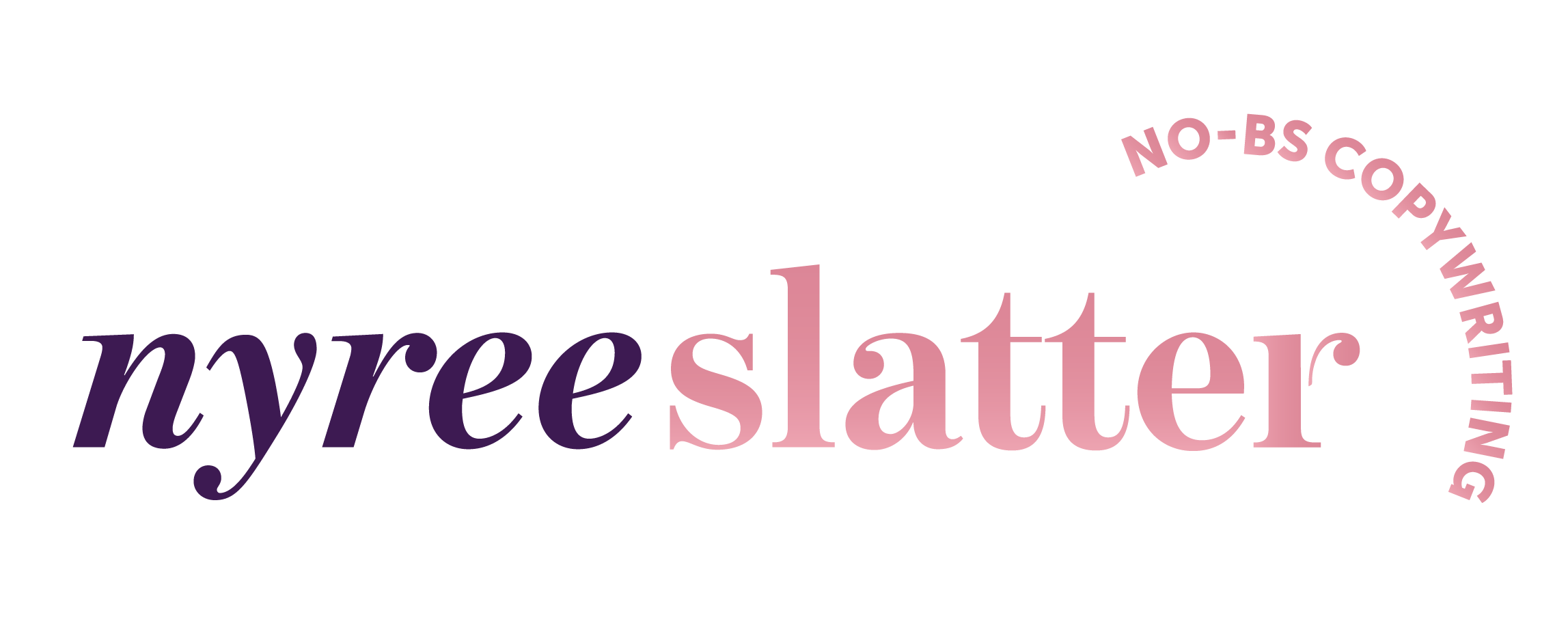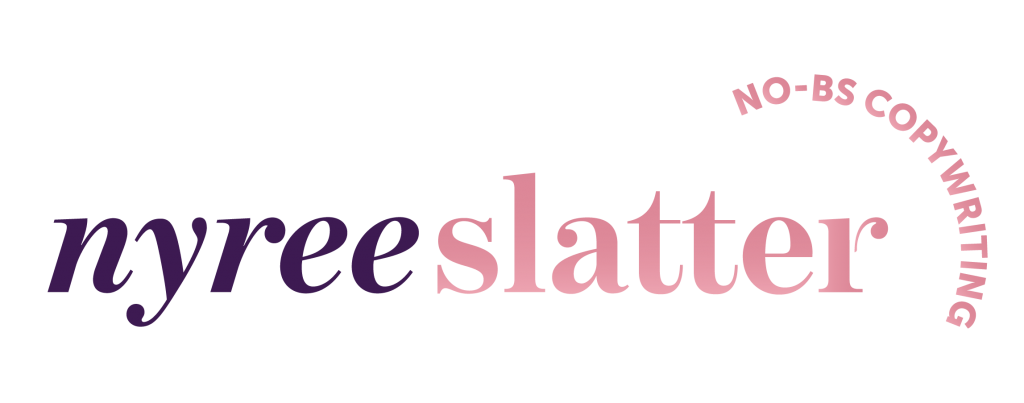Tenders
Let’s face it; tenders are a necessary evil for a lot of businesses. They can be complicated, time-consuming and an annoying distraction from the day-to-day work of your business.
A tender is just like a job application; you spell out exactly why you are the right person for the job and provide a CV and references to support your claims. When you think about it like that, it doesn’t seem so scary, right?
So here are 7 things you can to do to approach that tender and banish the confusion.
Make sure you are eligible and meet all the requirements
Read the request for tender (RFT) document and check the scope. Can you do all of those things? Are you able to put in an application for only some of those things? Once you’ve determined whether the scope fits you, check other requirements of the tender such as professional indemnity and public liability insurance, accreditations and licences, registrations and memberships and any other capacity requirements.
If you don’t meet all the requirements, determine if it’s worth trying to get them before the tender is due or getting them in preparation for the next one. Some things are non-negotiable in tenders.
Get all your evidence together in one place
The most important thing about putting your tender together is having your evidence ready. You need to prove that you can do what you say you can do. That might mean providing evidence of previous similar projects, providing referees that can comment on your skills, attaching an example of a work plan or design or providing photos of completed projects and products.
If you’re a new or emerging business without a big portfolio, find innovative ways to show that you can do what you say you can do. If you’re using a smaller project as an example, how will you scale that up to meet this brief? Think outside the square.
Focus on outcomes and results
When talking about what you have done and how great you are, make sure you provide the outcome or result of the project or service. If you are going for a project management tender, focus on how you have kept your projects on-time and on-budget and met key milestones. If you are writing a tender for construction work, identify those projects where you’ve delivered a quality product, used local suppliers, used innovative methods to deliver a for-purpose building. Being great isn’t just about what you do but what it means for your customer and your community.
Acknowledge your areas for development
There will almost always be at least one section of the tender where you’re not quite there. You may not have quite the right amount of experience or you don’t have an Indigenous training plan or whatever else is required.
In this case, you can acknowledge what you are lacking and demonstrate how you commit to the purpose currently and will work towards meeting the requirement into the future. There’s no point in lying or ignoring these sections.
Go to the industry briefing or take advantage of Q&A sessions
If something is not clear, ask. There is almost always an industry briefing or some other opportunity to ask questions. There’s a good chance that you are not the only person who wants to know the answer.
The good part is that questions asked about the tender are answered and provided to all applicants so you’re helping not only yourself but others in your industry.
Get someone to check your tender
Don’t be that applicant that loses credibility by having a document full of spelling errors or formatting problems. Get someone to read it through and identify areas where your response isn’t clear, doesn’t answer the question or needs more evidence. Fresh eyes are a must!
Don’t be scared of applying
Probably the best piece of advice I can give you is to not let the fear or doubt about a tender deter you from applying. You can’t win the lottery without buying a ticket. Do your best and get that sucker submitted.
If it still seems daunting, never fear. We can help with any and all parts of the tender process to make sure you’re on the right track.
Get in touch now to put an end to your tender confusion!







